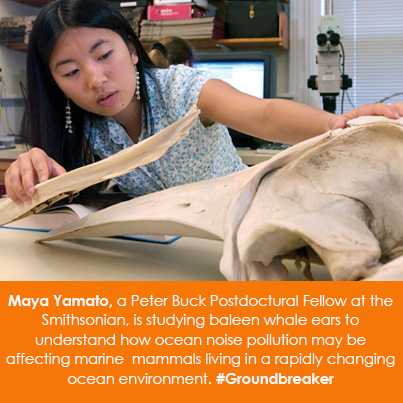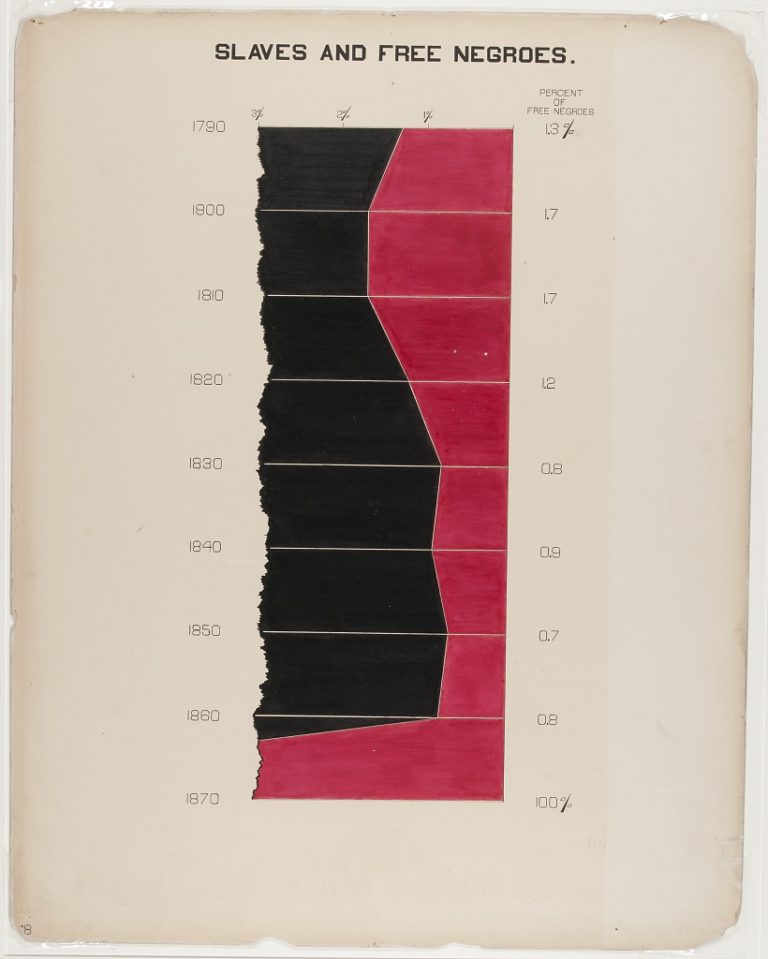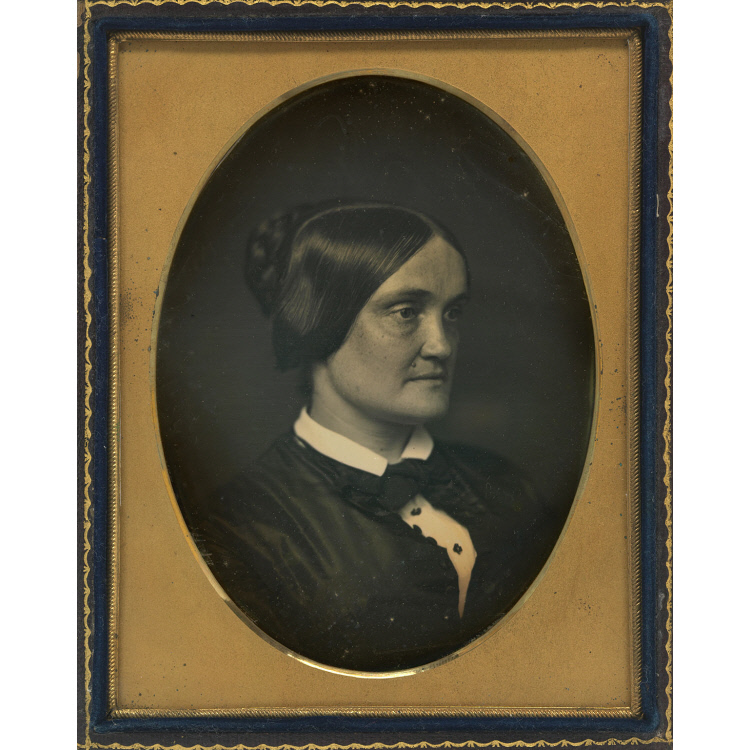Results for "Marine mammals"

Women in Science Wednesday: Maya Yamato
- Date: December 24, 2014
- Creator: Effie Kapsalis
- Description: Maya Yamato, a Peter Buck Postdoctural Fellow at the Smithsonian, is studying baleen whale ears to understand how ocean noise pollution may be affecting marine mammals living in a rapidly changing ocean environment. #Groundbreaker

Link Love: 7/8/2016
- Date: July 8, 2016
- Creator: Hillary Brady
- Description: Link Love: a weekly blog feature with links to interesting videos and stories regarding archival issues, the Smithsonian, and history.

Archives Puzzles: The Scale of the Whale
- Date: February 22, 2021
- Creator: Emily Niekrasz
- Description: Have a little fun with images from our collections that have been designated as open access. Anyone can now download, transform, share, and reuse millions of images as part of Smithsonian Open Access.

A No-Shave November Matching Game
- Date: November 1, 2018
- Creator: Deborah Shapiro
- Description: In observance of No-Shave November, play our Smithsonian history-themed matching game!

Sandved and his Snapshots
- Date: April 4, 2013
- Description: Kjell Bloch Sandved worked as a photographer for the National Musuem of Natural History for 32 years and his Photographic Files captured the Museum’s staff at work in 1975.

Hot Topix in Archival Research, Spring 2018
- Date: May 22, 2018
- Creator: Deborah Shapiro
- Description: This is the latest post in our "Hot Topix" series. In each quarterly edition we show you what the reference team has been up to, and bring you some of the more notable inuqires we have received.Vicarious research is one of the great joys of the reference desk at the Smithsonian Institution Archives. From our front-row (well, only-row) seat outside the reading room, we catch

The World Is Yours: The Evolution of Life
- Date: July 21, 2020
- Creator: Kira M. Sobers
- Description: Take a listen to clips from the episode of The World Is Yours titled “The Evolution of Life.”
- Blog Post
Archives Puzzles: You’ve Got Mail
- Date: September 28, 2020
- Creator: Emily Niekrasz
- Description: This season, have a little fun with images from our collections that have been designated as open access. Anyone can now download, transform, share, and reuse millions of images as part of Smithsonian Open Access.

Science Conversations in the Shenandoah
- Date: September 6, 2018
- Creator: Mitch Toda
- Description: In February 1975, twenty Smithsonian scientists gathered at the National Zoo's Conservation Research Center in Front Royal, Virginia to talk about their research and the future of science at the Smithsonian.
- Blog Post
A Living Exhibition
- Date: July 19, 2011
- Creator: Jennifer Wright
- Description: The Smithsonian Institution has long been known for both its original research and its exhibitions. But, it was not until 1980 that the National Museum of Natural History (NMNH) first exhibited an on-going active research project, the world's first indoor living coral reef.[edan-image:id=siris_sic_7411,size=450,center]In the late 1960s, when NMNH paleobiologist Walter H. Adey
- Blog Post
The Saint Augustine Monster
- Date: August 18, 2010
- Creator: Mary Markey
- Description: What was the Saint Augustine Monster? According to Wikipedia, it was a globster—“an unidentified organic mass that washes up on the shoreline of an ocean or other body of water.” This great-grandaddy of globsters kept cryptozoologists speculating and scientists testing for a century—and a piece of it lives at the Smithsonian. The St. Augustine monster was discovered by two

Hot Topix in Archival Research, Winter 2019
- Date: March 26, 2019
- Creator: Deborah Shapiro
- Description: We highlight a few topics explored by SIA researchers this winter.
